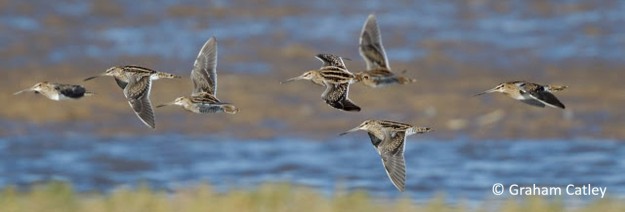BIRDS
Red Kites over Newton Longville, West Bletchley and Tattenhoe
Small groups of Redwings moving through Tattenhoe

Redwing Tattenhoe Harry Appleyard 7th October 2016
First Winter Continental Blackbirds, Tattenhoe linear park
Mistle Thrush feeding on common yew, St.Giles Churchyard, Tattenhoe (10th)
Lesser Redpolls calling in flight above Tattenhoe Park (10th)
Common Snipe, Tattenhoe Park
LEPIDOSAURIA
1 Adder and 8 Common Lizards at Rammamere Heath (9th – MK/Di Parsons/Carol Watts)
LISSAMPHIBIA
Common Toads in Tattenhoe Park
INSECTS
Lepidoptera
Brimstone butterfly, Tattenhoe Park (4th)
Large White, Tattenhoe Park (9th)
Speckled Woods and Red Admirals, Tattenhoe
Convuvulous Hawk Moth at garden trap – Newport Pagnell (4th – Gordon Redford)
Orthoptera
Oak Bush Crickets coming to lights at Campbell Park Pavilion (7th – MK)
Odonata
Female Southern Hawker, Howe Park Wood (8th)
Large numbers of Migrant Hawkers and Common Darters around Tattenhoe

Male Migrant Hawker Tattenhoe Park Harry Appleyard 9th Oct 2016
CRUSTACEA
Large Signal Crayfish in ponds at Howe Park Wood (7th – MK)
FUNGI
Common Deceiver, Amethyst Deceiver, Common Earth-ball, Brown Roll Rim, Jelly Ear, Shaggy Parasol found on Parks Trust foray – Hazeley Wood (8th Oct) MK
Fly Agaric, Amethyst Deceiver, Russula spp., Brown Birch Bolete – Rammamere Heath (9th) MK
All sightings not attributed to anyone else by Harry Appleyard, MK = Martin Kincaid



















































































 National Trust will release 100 of the endangered animals, not seen at Malham tarn in Yorkshire dales for 50 years
National Trust will release 100 of the endangered animals, not seen at Malham tarn in Yorkshire dales for 50 years








